






















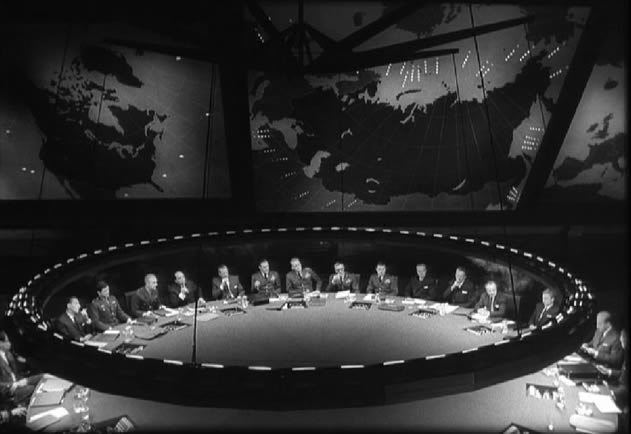
Perception IN THE SERVICE OF BEHAVIOR involves the brain performing
many outside world.
Think of this is as intelligence-gathering for the sake of the
command-and-control processes that reside in the War Room. No generals,
though!
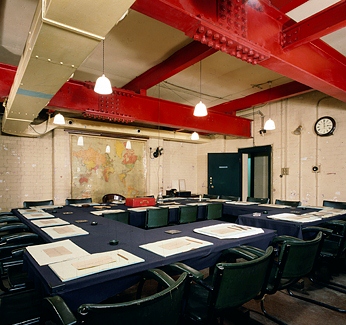
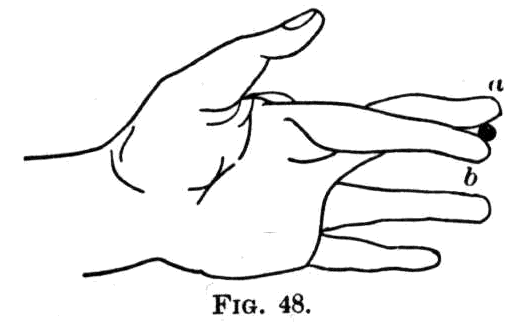
Perception involves the brain performing many measurements
on the outside world.
The MEASUREMENTS are STRUCTURED in space and time, and they carry information about the space-time structure of the world.
The resulting REPRESENTATION SPACES are also STRUCTURED. For this too there will be examples.
How many measurements?
A lot!
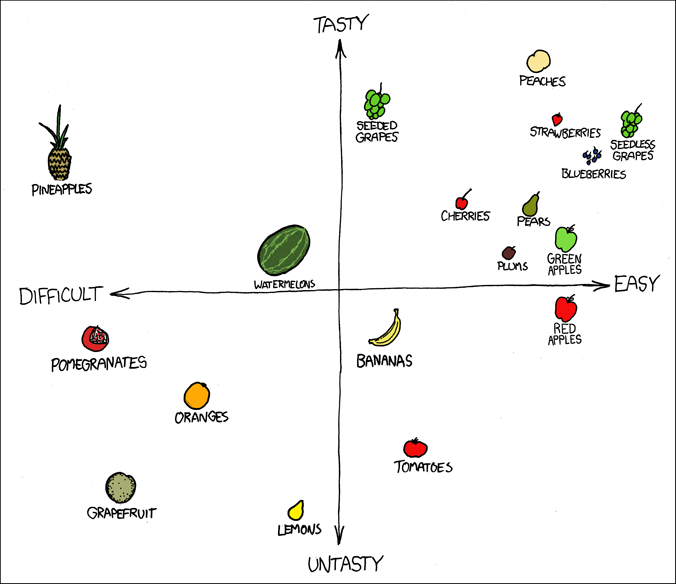
It's a topological SPACE (not merely a set) because intermediate points in it make sense too (think morphing).
In this example, the "fruit space" has 2 dimensions, which means 2 numbers per point.
Each point represents a single kind of item (apples, bananas, etc.).
Consider a skier tumbling down a hill...
To represent this process, one must represent a function that maps
to
How many dimensions does this function's range possess?
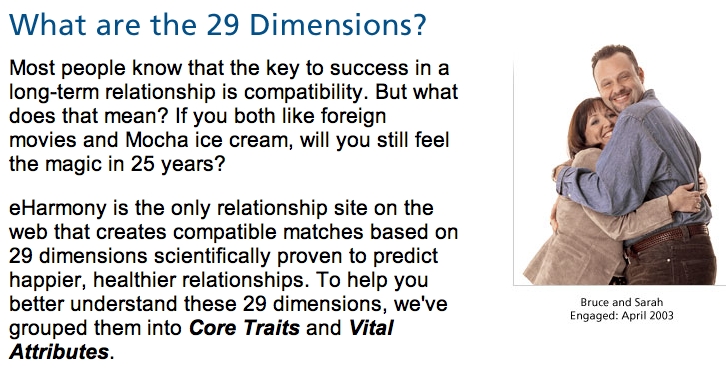
[For a scientific debunking of such approaches to matchmaking, see this article.]
[If you both think "foreign movies" is a coherent category, you deserve each other.]
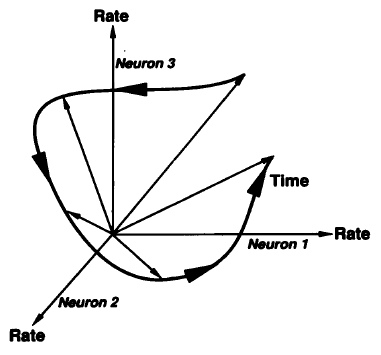
|
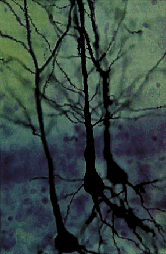
|
The diagram shows the
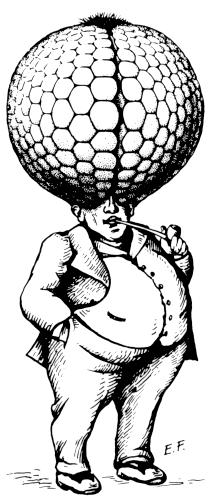
How many dimensions are there in the data that the eye sends to the brain?
About 1,000,000.
Luckily, throughout cognition, EFFECTIVE dimensionality << NOMINAL dimensionality.
Dimensionality is about the
The

On the right: two types of stimuli, illustrating
two-dot and vernier
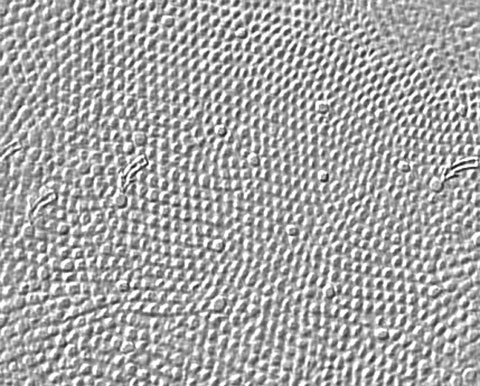
On the right: a magnified image of the retinal mosaic —
This is the fovea, hence no rods — only cones.
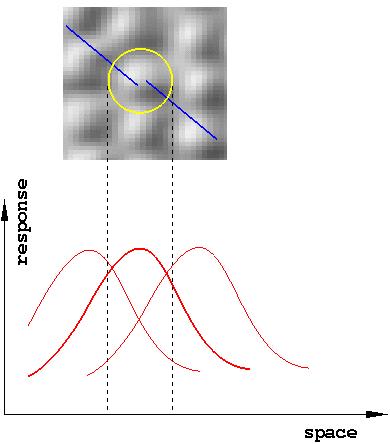
The smallest discernible vernier, as it projects onto the retinal mosaic
—
Note that the vernier displacement is much smaller than photoreceptor size.
This is an example of
Right: a cross-section of the
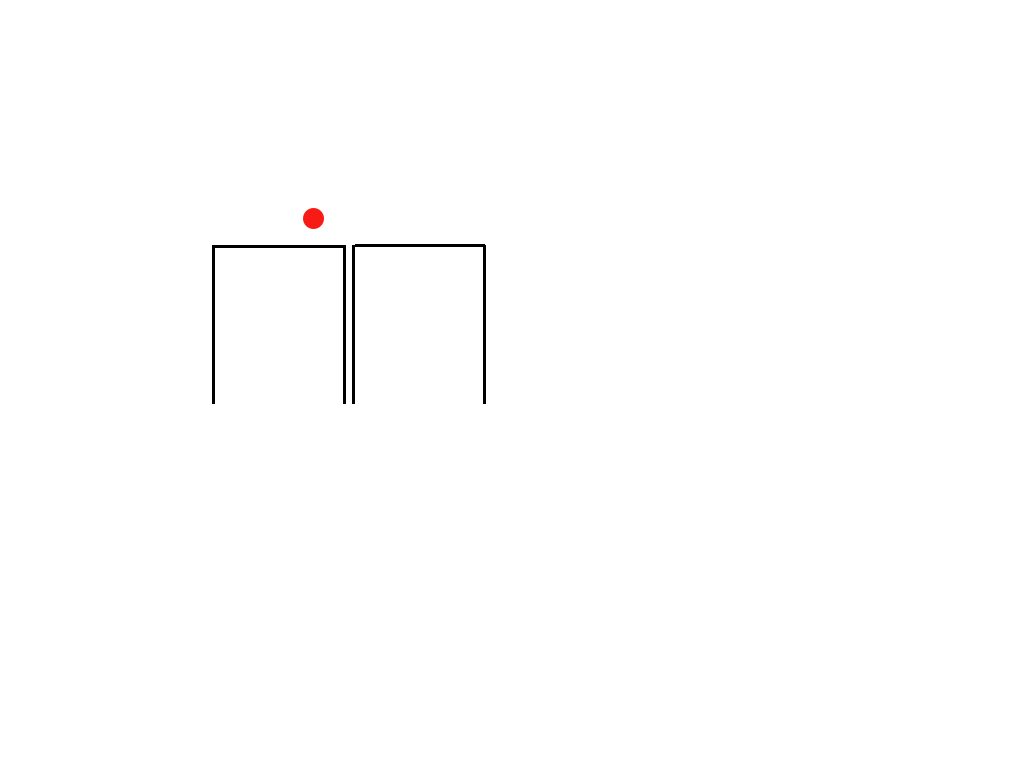
This measurement device is too insensitive: two close-by dots will likely
fall under the same RF and their locations will be perceived as the same.
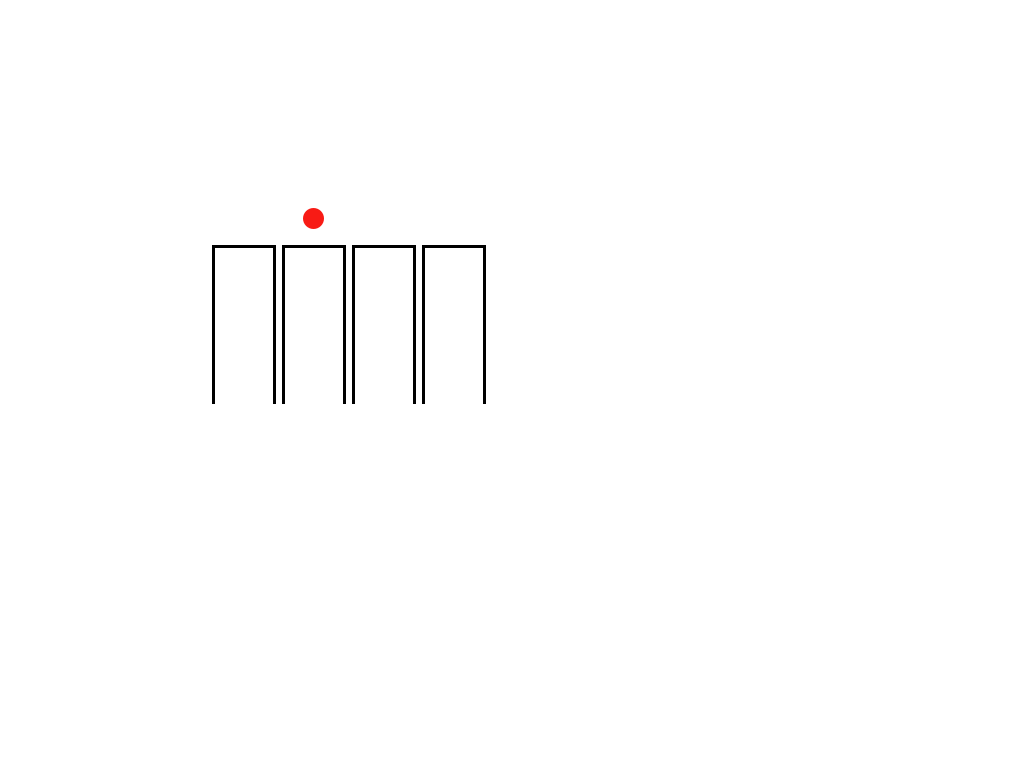
This measurement device is also suboptimal: dot locations
get "digitized", but some information is still lost.
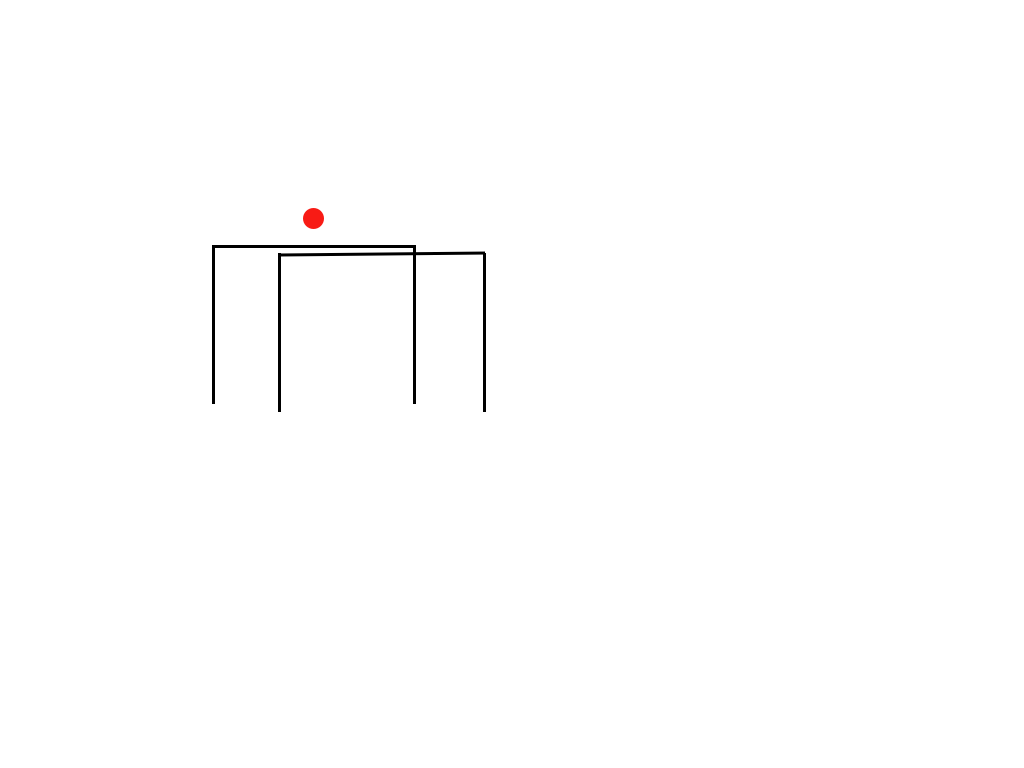
To have many overlapping RFs is a better idea. Can you tell why?
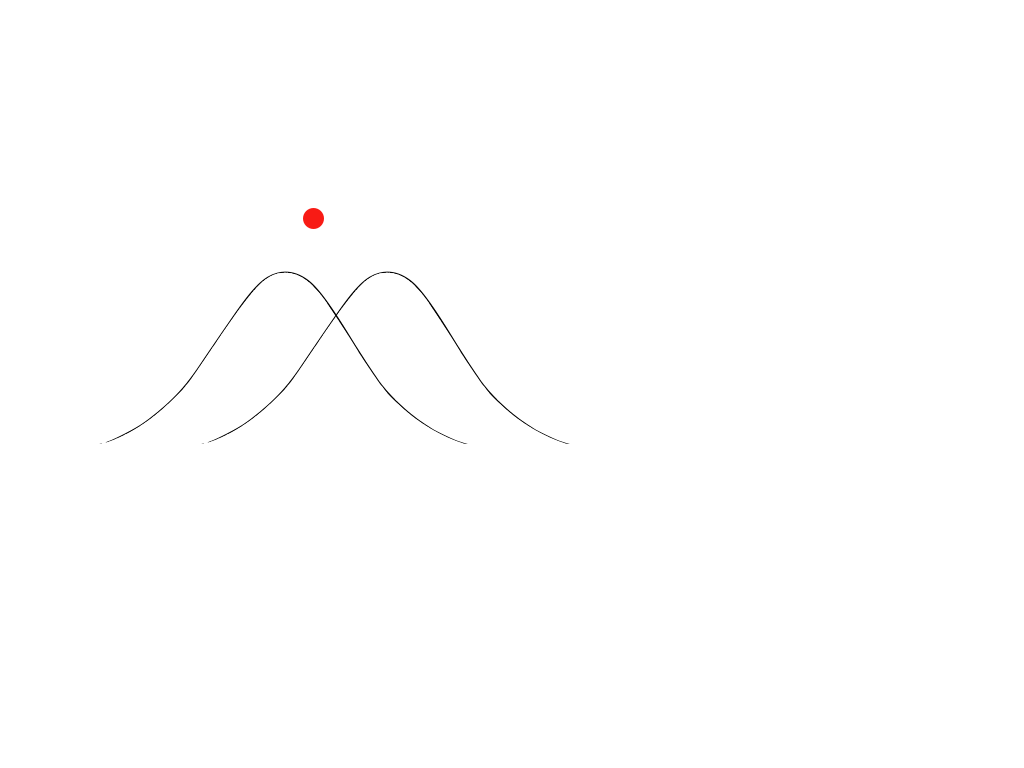
Can you tell why many overlapping and graded RFs would do an even better job?
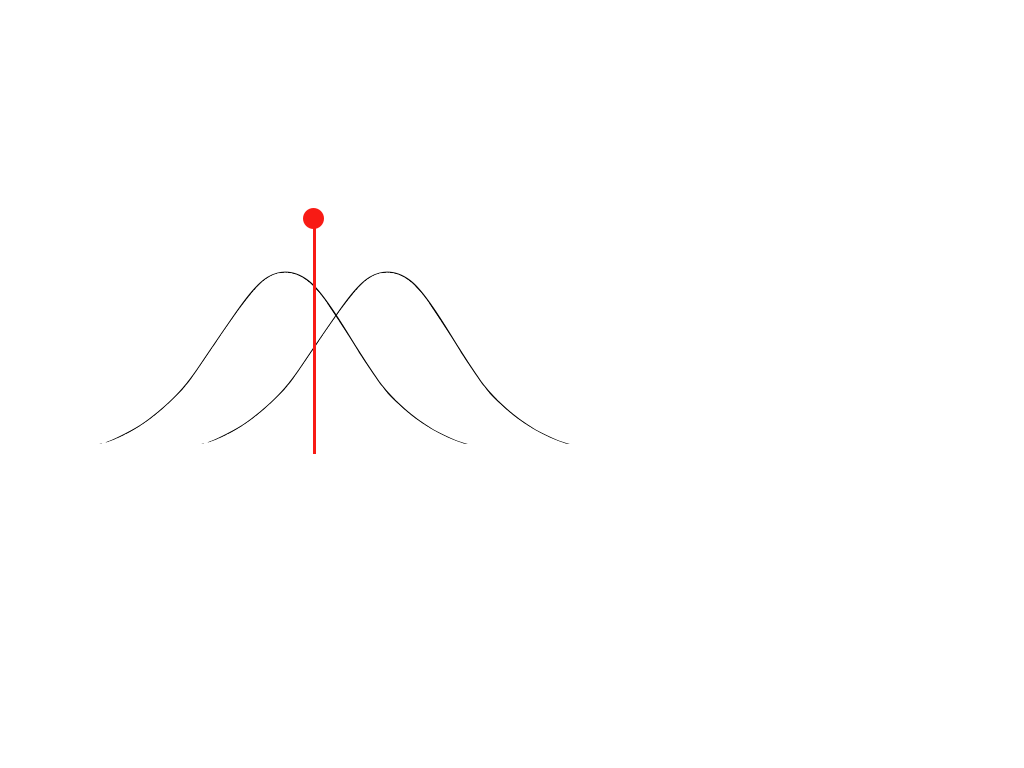
Even small lateral displacements of the dot will not go unnoticed: they
get TRANSDUCED into measurable changes in the outputs of the RFs.

Can you tell why the performance for the vernier (two-line) stimulus is so much
better than for the two-dot stimulus?
Summary: hyperacuity-level performance is possible because
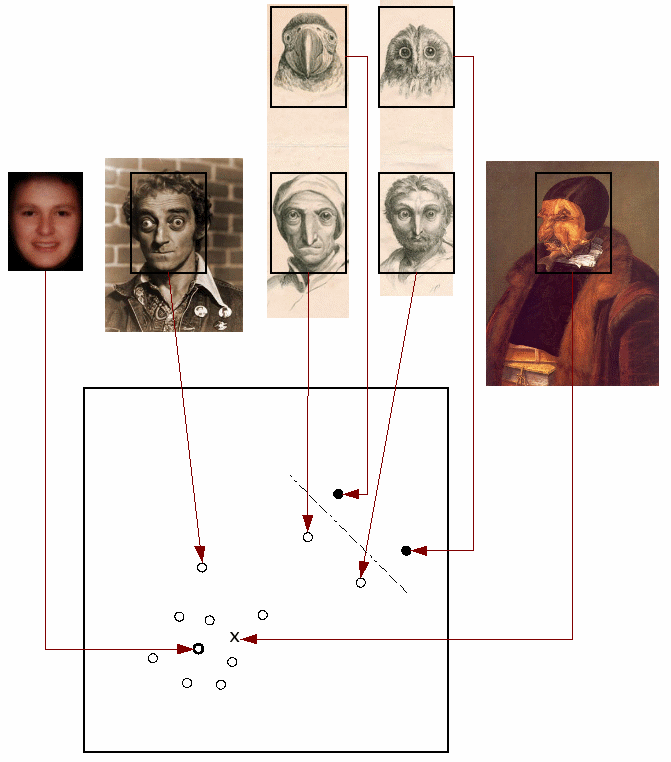 The plan for the rest of today:
The plan for the rest of today:
On the right: A schematic diagram of a
(high-dimensional*)
* Questions to ponder: WHY and HOW high-dimensional?
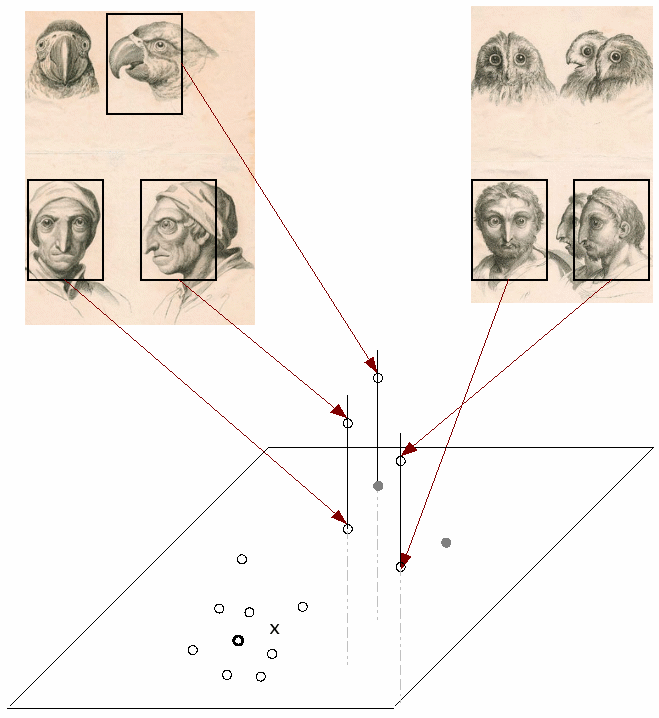
In the plane:
the
Perpendicular to it:
the
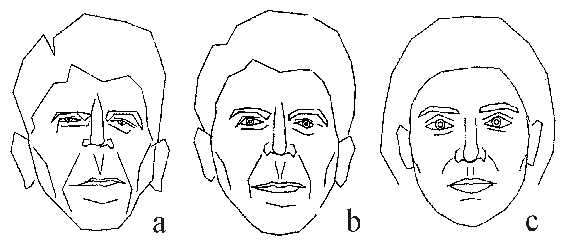 |
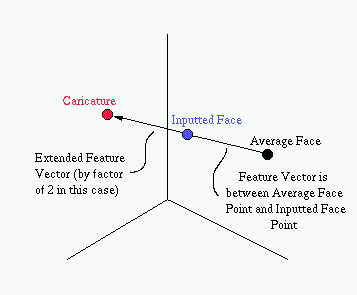 |
| Caricature Generator: The Dynamic Exaggeration of Faces by Computer, Susan E. Brennan, Leonardo 18:170-178 (1985) | Caricatures and face morphing |
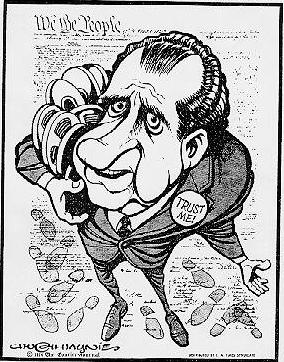 |
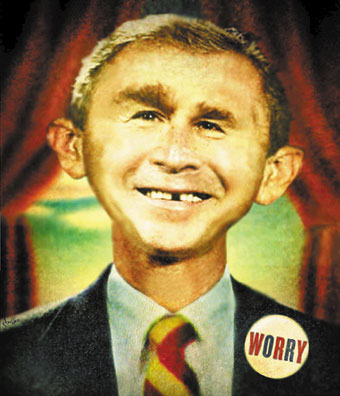 |
| Richard M. "Shifty Dick" Nixon | George W. "Dubya" Bush as Alfred E. "What, me worry?" Newman |
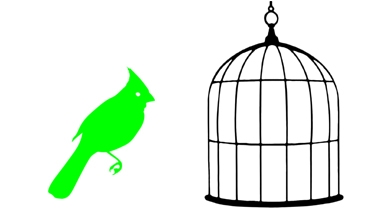
On the right: a quick demo of visual color adaptation. Stare at the
parrot for at least 30 seconds, then look at the center of the
cage. What do you see?
Adaptation, to which all perceptual modalities are susceptible, reveals an important characteristic of neural coding: the brain uses DISTRIBUTED REPRESENTATIONS, so that when some of the units that participate in representing a particular stimulus get fatigued and respond less vigorously, the ones that have not been active "take over" and make the entire representation more like their own preferred features of the stimulus.
Re distributed representations: recall the Haxby et al. (2001) paper from Unit 2.
A useful analogy: the Tug-of-War game.
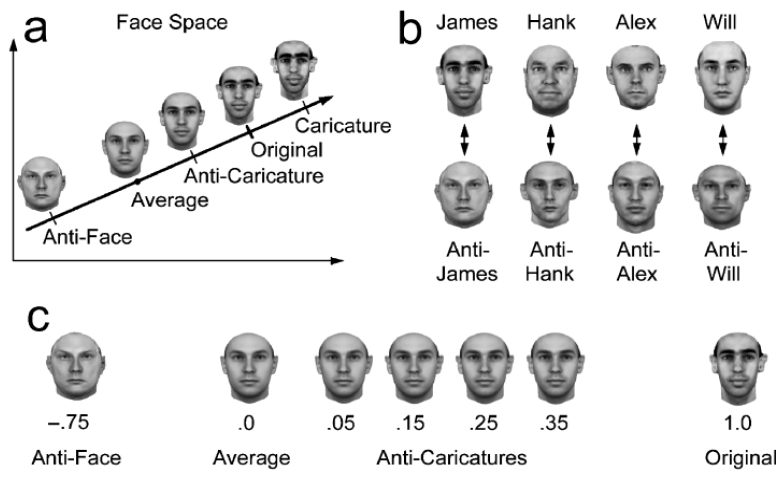
(a) The face space used in Experiment 1 of Jiang, Blanz, and O'Toole (2006). Morphing along the line from the average to an original face corresponds to anticaricatures, where the identity strength is lower relative to the original. Increasing identity strength beyond the original creates caricatures. The antiface of an original is located on the other side of the average.
(b) The four original scans that were used in the experiment and their antifaces.
(c) The identity strengths from the experiment, scaled in units of the distance of the original (1.0) from the average (0.0). Using antifaces with identity strengths equal to -0.75 avoided some morphing artifacts that tend to occur at more extreme values.
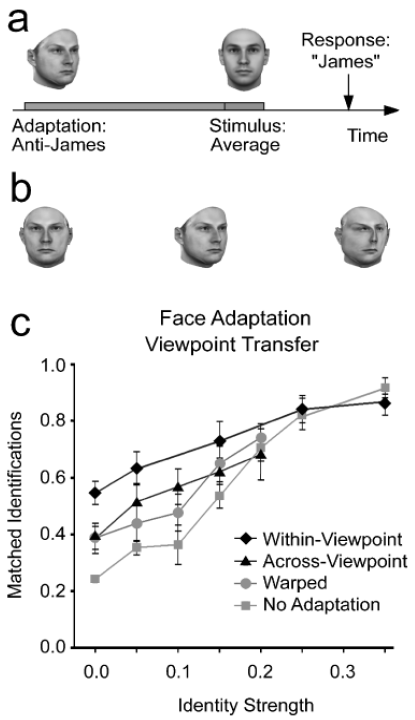
(a) An example trial: across-viewpoint, neutral condition with
5 sec antiface
Findings:
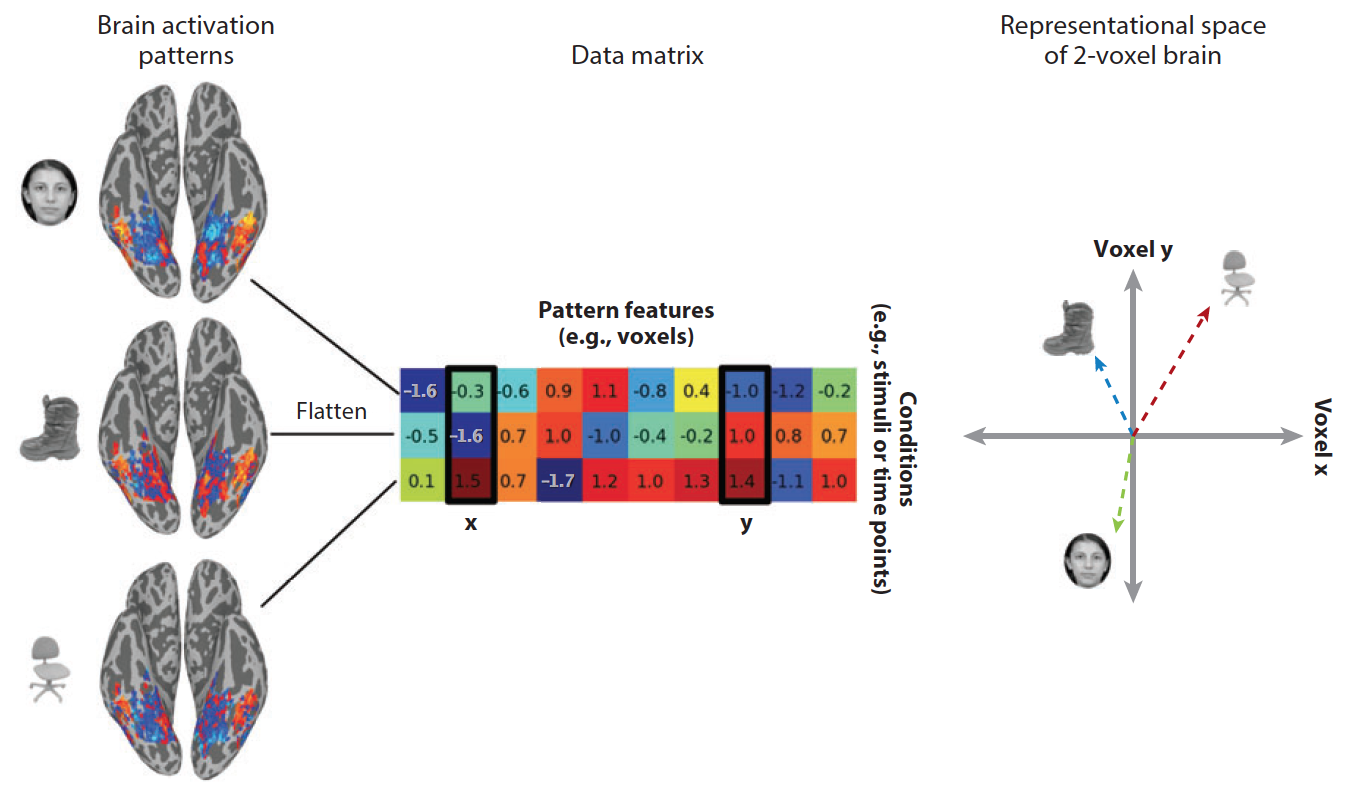 How can we visualize the face space as it is represented by the subject, from
How can we visualize the face space as it is represented by the subject, from
PROBLEM: Unlike brain scans, behavioral data concerning internal representations do not include the coordinates for each point — only relational information.
PROBLEM: Brain data typically reside in a high-dimensional space, which cannot be easily visualized (In this example, there are 10 dimensions).
A particularly useful and theoretically interesting computational technique that can do that is multidimensional scaling (MDS). For both behavioral and neural cases, MDS can embed the data (1) faithfully and (2) in a space of much lower dimensionality.

Multidimensional scaling (MDS) is a procedure that takes
and turns it into
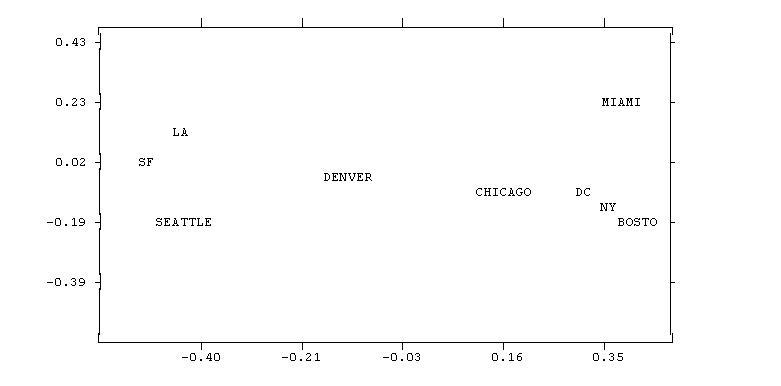 a map of the points' layout
a map of the points' layout
Why must a mapping procedure preserve at least relative distances?
| neuroscience | cognition | |
| obtaining relational ("2nd-order") insight into a system | The scientist needs to know how brain representations are related to each other. | The brain needs to know how external objects and events are related to each other. |
| dimensionality reduction | The scientist needs to map the high-dimensional brain activity space into a few meaningful dimensions. | The brain needs to map the high-dimensional sensory measurement space into a few meaningful dimensions. |
MDS is uniquely suitable for bridging the gap between the brain and the world — in either direction — because it relates configurations of corresponding items in two spaces that are otherwise in principle absolutely unrelated to each other. (Note that this is not the case for projection-based methods such as Principal Components Analysis or PCA.)
The key idea here is REPRESENTATION OF
SIMILARITY.
For a book-length
detailed mathematical treatment and
empirical tests, see
Representation
and Recognition in Vision,
S. Edelman, MIT Press (1999).
Last modified: Mon Jul 20 2020 at 20:09:12 EDT